.
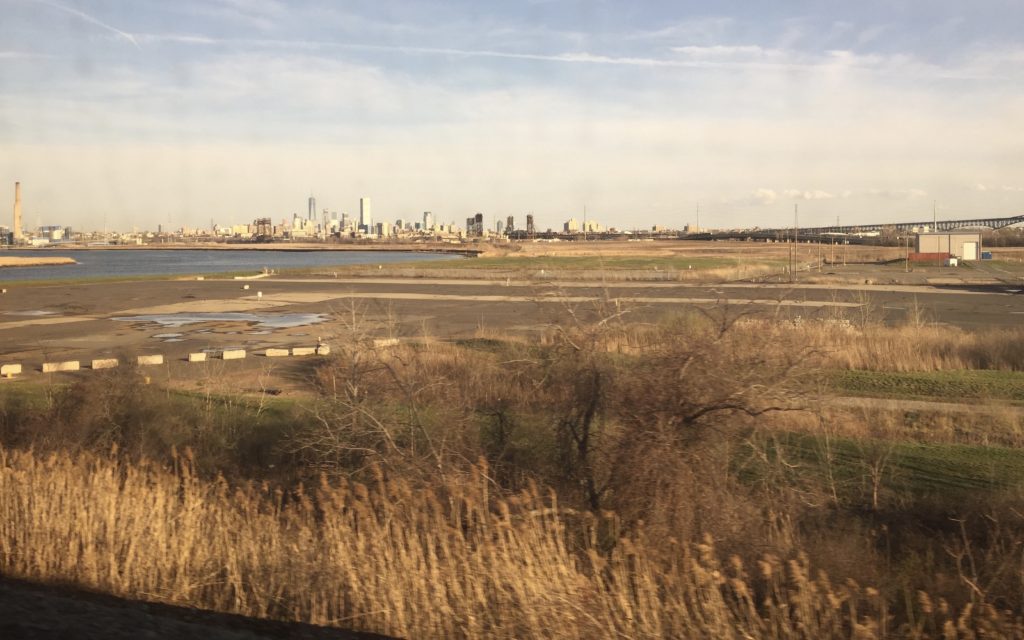 From the inside of a southbound Amtrak train in northern New Jersey, on April 12, 2017, at 6:10:26 PM (and yes, I still miss seeing the Twin Towers).
From the inside of a southbound Amtrak train in northern New Jersey, on April 12, 2017, at 6:10:26 PM (and yes, I still miss seeing the Twin Towers).
.
.
 From the inside of a southbound Amtrak train in northern New Jersey, on April 12, 2017, at 6:10:26 PM (and yes, I still miss seeing the Twin Towers).
From the inside of a southbound Amtrak train in northern New Jersey, on April 12, 2017, at 6:10:26 PM (and yes, I still miss seeing the Twin Towers).
.
Tags:2017, Amtrak, Lower Manhattan, Manhattan, New Jersey, New York City, southbound, train, Twin Towers, window, World Trade Center
Posted in Nature, Photos, Travel | No Comments »
.
This is a series of photos of the water and atmosphere of Chesapeake Bay captured at dusk on December 27, 2016, at 4:42 PM. Click each photo for a full-screen view.
.
.
.
.
.
Tags:Calvert County, Chesapeake Bay, dusk, pier
Posted in Nature, Photos, Travel | No Comments »
A gray afternoon in Manhattan on Wednesday.
.
Atlas at Rockefeller Center, 04/08/2015 at 4:00:13 PM
.
Patience the Lion at New York Public Library, 04-08-2015 (first at 4:12:00 PM; second at 4:12:12 PM)
.
Tags:Atlas, Fifth Avenue, Lion, Manhattan, New York City, New York Public Library, NYPL, Patience, Rockefeller Center, Selfies
Posted in Art, Culture, Photos, Travel | No Comments »
Earlier in the month I bought at auction a painting by the Washington, D.C. painter Edgar Hewitt Nye (1879-1943):
.
.
A plein air sketch (oil on canvas, 18″ x 22″, signed, lr, “E. Nye”, ca. 1920s), this bright landscape was untitled in the auction catalog and otherwise lacked information about its location. It looked familiar, though. The mystery was solved when I found a few souvenir postcards dating back to the early 1900’s when Chesapeake Beach, Maryland, was a popular tourist destination for day-tripping Washingtonians (who arrived there by railway) and Baltimoreans (who traveled by excursion ship). Edgar Nye was one such traveler. What he decided to capture on canvas was not the crowds attracted to the roller coaster and other boardwalk diversions, but an untouched stretch of Calvert Cliffs just to the south of the town. The cliffs are a fossil-rich, Miocene era formation stretching for 30 miles along the western shore of the Chesapeake Bay in Calvert County, Maryland.
Here, then, on a summer day, just a short remove from the noise of the resort, we can imagine Nye walking down to the water’s edge. He finds himself in a place where the air is laden with moisture, where baby waves break softly on the beach. It is here the artist plants his easel in the sand and spends a few hours playing with colors.
He puts to shame the dull penny postcards.
.
.
.
.
Tags:Calvert Cliffs, Chesapeake Bay, Chesapeake Beach, Edgar Hewitt Nye, Maryland, The Great Bluff
Posted in Art, Photos, Travel | 8 Comments »
Driving through rural Maryland this afternoon, I saw a sign announcing two country roads, left and right, up ahead.

Sure enough, a hundred yards further along I came upon a turn-off.
.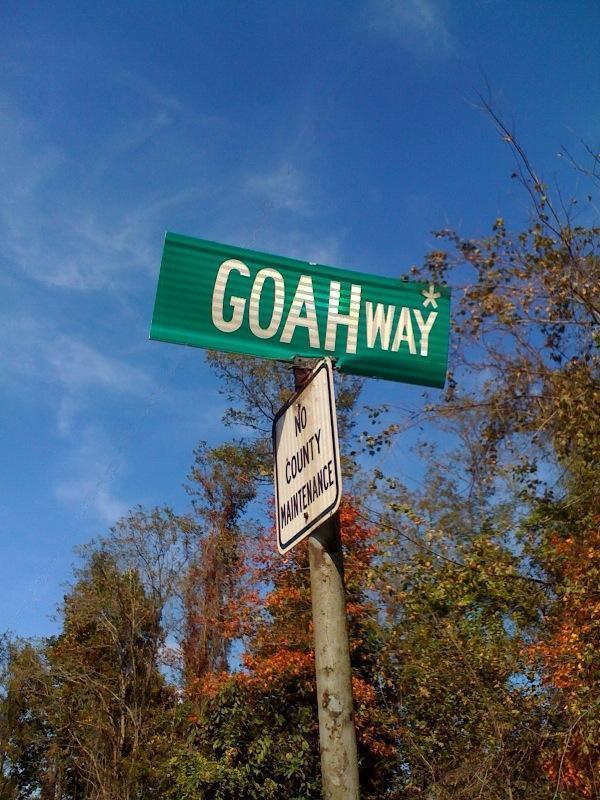
So warned, I stuck to the main road.
Tags:country, Gabriel's Way, Goah Way, Maryland, road, rural, sign
Posted in Photos, Travel, Words and word play, You call that a Joke? | No Comments »
A mission statement spells out a company’s overall purpose and provides a sense of direction to decision making. Among other things, it defines what the organization aspires to be.
The other day a friend sent me a link to a curious document that fits the general notion of a mission statement, although this one is labeled a “Manifesto.” It also fills up an entire page, making it wordier than the run-of-the-mill mission statement.
The Manifesto was generated by Thompson Hotels, a wholly owned subsidiary of a privately held real estate development firm named The Pomeranc Group. In 2007 the New York Times profiled the company’s entry into the world of boutique hotels. The firm’s growing portfolio now includes nine hotel properties.
If you go to Thompson Hotels’ black-backgrounded homepage at http://www.thompsonhotels.com you’ll be faced with a flashing series of quotations. Featured are the words of luminaries such as Che Guevara, Bob Dylan, Jean-Luc Godard, Federico Fellini, Oscar Wilde, and Jean Baudrillard. I noticed that in the hotelier’s talky firmament, the French post-structuralist Baudrillard’s star shines brightest. Two of his bons mots are offered for your delectation. Meanwhile, in the background, hip music is heard. An infinitely repeating loop plays a medley of eight instrumental selections, each abbreviated to 30 seconds. The overall mood? Retro groovy. I felt smothered by an über trendy ooze.
If you visit the homepage, and I recommend you do, be sure to click on the word “MANIFESTO” found in the top border. Or access the manifesto directly, here. On that page you’re invited to test whether your personal identity matches the profile of an ideal guest as conceived by the hotel owners. Here is the text of the Manifesto:
_________________________________________________________
Dear Guest,
In a world full of choices, we all need to question who we are and where we belong.
We set out to create a group of hotels that are effectively sophisticated and classically cool but small enough to provide personal service. Thompson Hotels are contemporary and elegant with an element of edge and surprise. At Thompson Hotels we believe there’s a place for refined, intimate style in a world of overly dressed up mega brands. We are not trendy boutique hotels. Our style is simultaneously timeless and avant-garde.
Who are our guests? Bohemian chic meets art-house-wise meets quiet yet radical elegance; really more of a mind-set than a demographic… “good looking revolutionaries.”
We wish we had known: Steve McQueen, Bobby Kennedy, Mick Jagger in 1973, Grace Kelly, Jean-Luc Godard, Edie Sedgwick and the fictional Royal Tenenbaums.
You’ll find us watching Darko, Eternal Sunshine of the Spotless Mind, Coffee and Cigarettes, Badlands, Blow Up, Le Mans. Or listening to The White Album, the Sex Pistols, Sinatra and we don’t pick sides between the East Coast and the West Coast.
We collect Hiroshi Sugimoto photographs, vintage Zippo lighters, matchbooks from cafes, quotes and one day, Basquiat.
We are a tribe, nomadic in nature joined by common threads. We are driving up the coast to a life of epic adventures… “It’s an anywhere road for anybody anyhow… but no matter the road is life”: Jack Kerouac.
See you soon,
TH
p.s. we will keep all your secrets and promises.
________________________________________________________
The term “fisking” is blogosphere slang for a point-by-point criticism of a statement, article or essay. The fisking process involves questioning the analytical framework of the text and highlighting perceived errors. It values close scrutiny, so the dissection usually proceeds sentence-by-sentence or paragraph-by-paragraph. After reading the Thompson Hotels Manifesto, I thought, “Now there’s a document begging for a good fisking!” I’m not sure I’m the man for the task, but what the heck, it’s worth a try. Below is my token gift to art-house wise-asses everywhere. Especially those who, due to their good judgment or bad finances or both, are destined never to find themselves embedded in a Thompson Hotel.
Caveat: It is possible the Manifesto is a small hoax, a put-on, a tongue-in-cheek bit of cheekiness designed to separate those who get it from those who don’t. By the same token, maybe my text below is too.
So. Now vee may perhaps to begin. Yes?
In a world full of choices, we all need to question who we are and where we belong.
Come on, confess. When you read that first sentence, sounding so eerily like an invocation, an invitation to prayer, you sensed a spiritual touch, did you not? Maybe a tingle of déjà vu ? Oops! Lo and behold, the sentiment does fit nicely on a Church Sign:
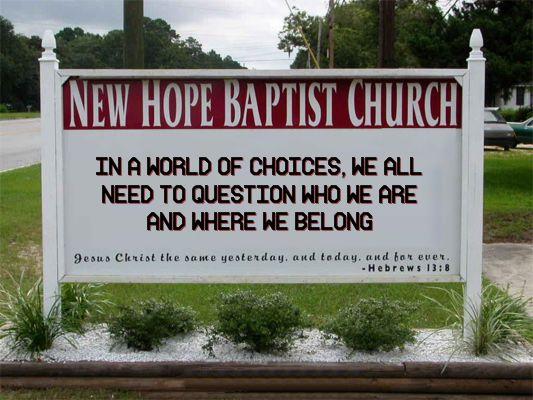
.
We set out to create a group of hotels that are effectively sophisticated and classically cool but small enough to provide personal service. Thompson Hotels are contemporary and elegant with an element of edge and surprise.
Having established in the reader’s mind the notion of sanctuary, of a time and place for spiritual self-evaluation, the authors of the Manifesto decided to drop that idea cold. Instead, it’s full steam ahead! On to a relentless chug-chug-chug of words! The modus operandi is simple. Throw down words and phrases in hopes that something coherent will emerge. The document becomes an onslaught of adjectives, adverbs, oxymorons and proper names. Scatter shot onto the page, you watch them pile up into an enervating mass. You encounter novel compounds (“effectively sophisticated”) as inert as the arbitrary pairings formed when kids fiddle with Magnetic Poetry words on a refrigerator door.
But let’s move on to the next bit of nonsense.
At Thompson Hotels we believe there’s a place for refined, intimate style in a world of overly dressed up mega brands. We are not trendy boutique hotels.
I like how a simple declarative sentence (“We are not trendy …”) stands out amidst the lazy mush (“overly dressed up mega brands”). It turns out this defensive crouch (“We are not!”) has a back story: one of Thompson Hotels’ co-owners has been quoted elsewhere as saying, “If you call us a boutique hotel chain, I’m going to scream.” He prefers the term, small luxury hotel group. The reason has something to do with branding and status. But I am not Winston Smith (nor was meant to be) and shall not revise my text.
The term “Boutique hotel” is commonly used to describe intimate, usually luxurious or quirky hotel environments — exactly the environment the Manifesto, however clumsily, purports to describe. Check out Wikipedia’s article on the “boutique hotel” phenomenon for a consensus understanding of the term. The unavoidable fact is that these hotels are inherently trendy, occupying a segment of the industry characterized by constant churn, where players forever chase the next wave.
Historically, boutique hotels (sometimes also known as “design hotels” or “lifestyle hotels”) began appearing in the 1980s in trend-setting neighborhoods of London, New York, and San Francisco. Typically, boutique hotels are furnished in a themed, stylish and/or “aspirational” manner. The mission, the raison d’être, of Thompson Hotels is to participate profitably in this trend.
When responding to an absurd assertion, I often find it useful to summon the the clarity of the French. What’s the best way to view a trendy Manifesto eschewing trendiness? Comme ça:
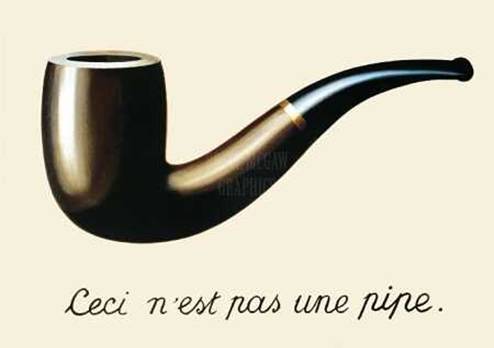
Though not as deft as Magritte playing with the way we attribute significance to images, the Manifesto does serve the purpose of highlighting a complicated relationship between the company’s self-definition and reality.
Our style is simultaneously timeless and avant-garde.
Reading this sentence, I was momentarily intrigued. I like timeless. On occasion I also like avant-garde. The Manifesto brings them together again for the first time. What’s not to like? Should I worry about how stable the marriage is? No, for the moment I’m willing to play along, especially since the sentence sparks a frisson. There’s an echo of T.S. Eliot’s Four Quartets. In “Burnt Norton,” the first segment of that magisterial poem, Eliot posits:
Time present and time past
Are both perhaps present in time future,
And time future contained in time past.
If all time is eternally present,
All time in unredeemable.
Along those lines, did you notice the verse from Hebrews 13:8 on the Church Sign, above? Jesus is the same yesterday and today and tomorrow. The Manifesto promises your stay at a Thompson Hotel will be just like that too! Heavy, man. Could be heavenly, too. But this has got my head spinning.
I know once reason returns I will understand there is no way to halt what The Bard called “time’s fell hand” — especially not in the trendy business of boutique hotels. After all, we’re talking about an industry in which a Thompsons Hotels co-owner cited with amazement the extraordinary “longevity” of an employee who’s been with the firm a whopping six years! There are reports the company’s Gild Hall location in lower Manhattan (open for less than two years) is slated for a style makeover, as its star restaurateur is being replaced. The company used to boast about its free Wi-Fi, but this year reversed its stance in favor of charging guests an extra $10.00 a day.
Timeless? I report, you decide.
But take heed. Clouds approach. Pretentious gobbledygook lies straight ahead.
Who are our guests? Bohemian chic meets art-house-wise meets quiet yet radical elegance; really more of a mind-set than a demographic…
I was going to point out hyphenation flaws and other nits throughout the Manifesto (for those interested, a useful hyphen guide is found here; don’t say you’re learning nothing from this post). But the prospect of correcting wrong notes in this Bohemian rhapsody reminded me of the scene in Basic Instinct when Michael Douglas (Detective Curran) comes upon the injured George Dzundza (Gus), who’s been attacked with an ice pick. Curran tentatively applies a finger to block the bleeding from Gus’s neck. But then he notices, in a growing panic, the full extent of the punctures. He quickly runs out of fingers to stanch all of Gus’s fatal wounds.
I know, I know — you’re still wishing that the chain of “blah-meets-blah-meets-blah” would meet up with a meat cleaver. And I’m reminded that the “fisking” process compels me to propose a remedial measure. OK, then. Let’s add one more hookup to the chain: Bohemian chic meets art-house-wise meets quiet yet radical elegance meets Freddy Krueger.
(Really more of a cathartic comeuppance than in your fondest dreams.)
“good looking revolutionaries”
Yes, Thompson Hotels defines its preferred clientele as persons who qualify as good looking revolutionaries.
Where to begin? Smug, self-satisfied, and fatuous, this loose phrase sinks into a swamp of cynicism. The concept of “good looking revolutionaries” belongs to a place where prices are known and values ignored. Where everything is superficial, cosmetic, trivialized, reduced to fashion. As for the not pretty faces and imperfect bodies of today’s equivalents of, say, Emma Goldman, Benjamin Franklin, Albert Einstein, Francis Crick, Betty Friedan, Balzac, Gandhi?
Oh for God’s sake, we don’t want the likes of them spoiling our hotels.
We wish we had known: Steve McQueen, Bobby Kennedy, Mick Jagger in 1973, Grace Kelly, Jean-Luc Godard, Edie Sedgwick and the fictional Royal Tenenbaums.
These appear to be the hotelier’s picks for the class of good looking revolutionaries. The introductory clause (“We wish we had known …”) sets up the sad premise that these are folks no longer available to be known. They’ve passed on. They’re now guests at the Celestial Hotel. Or, in the case of the still prancing Mick Jagger, his 1973-vintage incarnation (beautiful at age 30) cannot stroll through a Thompson Hotel lobby in 2009.
The prefatory language also presupposes that the persons cited were all once capable of being known, i.e., their feet once trod the earth. News Flash: Fictional characters, such as members of the Tenenbaum family, the clan given cinematic life by writer-director Wes Anderson, were never in fact alive. Trust me on this. If “we” harbor a desire to commune with fictional beings, the first thing to do is to express that desire using different rhetoric. For example: “I wish Holden Caulfield were a real person so that I might have a chance to talk with him.”
The second thing is, “we” need to schedule an appointment with a therapist.
You’ll find us watching Darko, Eternal Sunshine of the Spotless Mind, Coffee and Cigarettes, Badlands, Blow Up, Le Mans. Or listening to The White Album, the Sex Pistols, Sinatra and we don’t pick sides between the East Coast and the West Coast.
An orgy of mid-cult name-dropping, these selections sound like a basket of DVD’s and CD’s that Charlie the Tuna might gather for his undersea lair. To prove his eclectic good taste.
Note the strangely truncated name (“Darko”) applied to writer-director Richard Kelley’s 2001 film, Donnie Darko. A Google search uncovers no evidence of actual people — whether they qualify as good looking revolutionaries or not — using the name “Darko” when discussing that movie. Maybe Thompson Hotels is trying to start a new trend? Say it ain’t so.
Next, notice the boast, “You’ll find us watching . . . Blow Up.” Hmmmm. It’s at this point that the needle on the Creepy-o-Meter starts to dance. Remember, this is a Manifesto presumably concocted by sophisticated advertising copywriters (correction: make that effectively sophisticated copywriters), then reviewed and approved by company management, one of whom promises to “scream” if confronted with words or terms he finds inaccurate. This means the Manifesto cannot be referring to the 1966 Michelangelo Antonioni film, “Blowup”. As shown in the screen credits (one frame of which is below), the title of Antonioni’s film is one word. While it is true the title appears hyphenated on some promotional and packaging material (as in the poster further below), it is never correct to render the title as two separate words.
Tags:Add new tag, Alexander Wang, Badlands, Balzac, Basic Instinct, Basquiat, Baudrillard, Benjamin Franklin, Betty Friedan, Blow Up, Bob Dylan, Bobby Kennedy, Bulwer-Lytten Fiction Contest, Burnt Norton, Che Guevara, Coffee and Cigarettes, Darko, designer condoms, Edie Sedgwick, Emma Goldman, Eternal Sunshine of the Spotless Mind, Federico Fellini, fisking, Four Quartets, Francis Crick, Gandhi, George Dzundza, Good looking revolutionaries, Grace Kelly, Hebrews 13:8, Hiroshi Sugimoto, Jack Kerouac, Jean Baudrillard, Jean-Luc Godard, Jesus, Jesus Christ, Le Mans, Magritte, Manifesto, Michael Douglas, Michelangelo Antonioni, Mick Jagger, New Hope Baptist Church, Oscar Wilde, poseurs, Richard Kelley, Sinatra, Steve McQueen, T.S. Eliot, The Sex Pistols, The White Album, Thompson Hotels, Thompson Hotels Manifesto, Wes Anderson, Zippo lighters
Posted in Authors, Culture, Music, Photos, Pop culture, Travel, What Were They Thinking?? | 3 Comments »
As with all great works of architecture, Frank Gehry’s Walt Disney Concert Hall in Los Angeles (completed in 2003) richly rewards visitors willing to engage their senses, reconnoiter the structure, enter its interior courtyards, experience the squeeze and release through tight and open spaces, enjoy its forms and gestures, admire its skin in changing light, absorb its physical beauty, and breathe sympathetically with its rhythms.
Professional photographers of the structure usually try to capture the totality of its iconic presence, highlighting the mass of shapes Gehry based on sailing, “wing on wing, the wind behind you.”
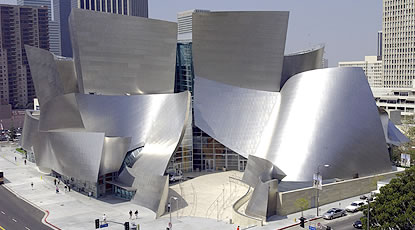
Rarely is the building photographed from a ground level perspective directly across South Grand Avenue. (In the photo above, you see a bit of the street’s asphalt in the lower left corner.) This may be for the simple reason that the six-lane corridor is a noisy crossing, a sorry, off-putting, quotidian presence estranged from the visionary building emerging from its flank. Then too, Gehry fans may be avoiding photographing the site from that perspective for fear of adding support to a common criticism of Gehry’s designs: that his buildings do not seem to relate “organically” to their surroundings. And yet by standing on the east side of South Grand Avenue you’ll find yourself in the best position to see a defining architectural detail.
Google Maps, through its street view function, allows you to “walk” — or more accurately, to “drive” — past the street level facade. Unfortunately, individual photos taken from the drive-by Google Van are of disappointing quality, as evident in the two screenshots below.
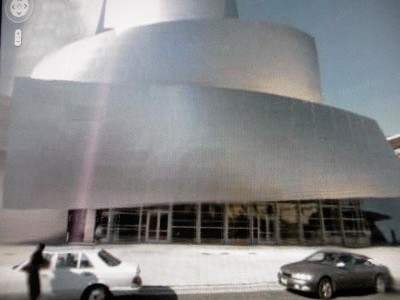
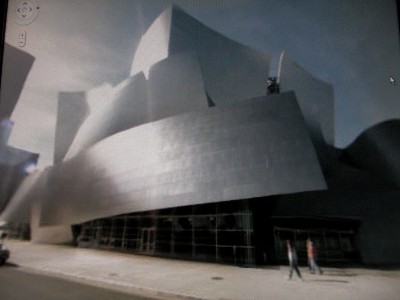
Flickr and other photo sharing sites contain pictures with finer resolution. Here is a virtually identical shot, from a slightly more oblique angle (credit: core.formula on Flickr):
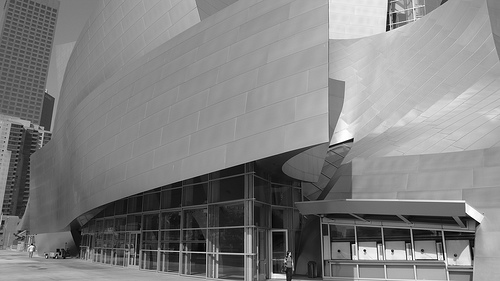
Finally, here is a full frontal shot, apparently taken from across the street (the ideal vantage point), looking straight-on at the sidewalk entrance to the building:
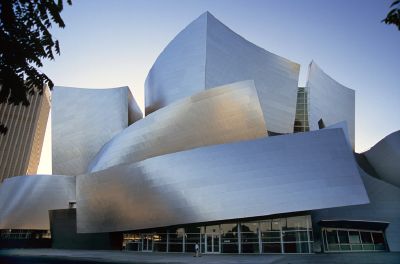
All four photos include the detail that is of interest to me. Focus for a moment on the base of the composition and the single, wide, rectangular shape that swoops across and projects outward from the building. Of the dozen or so curving pieces or individual “sails” that comprise the skin of the structure, this one stands apart somehow. Viewed unkindly, you might conclude it is an afterthought, an empty, ungainly, tacked-on piece, a doodle, a patch protecting the lowest portion of the building. I disagree. I think it is different for a reason. There are clues, if we open our eyes.
This particular piece has a more subtle rotation, is less of an arabesque, and more of a standard shape, than the other pieces. Although made of unadorned sheet metal (stainless steel), it manages also to look like a blank billboard, floating with no apparent support above glass walls and doors. Stretched horizontally with a slight incline from left to right, the entire form seems to be lifting up to grant you entrance to the ground floor. Viewed in isolation, it is a kind of tabula rasa.
So, if the other individual pieces are whimsical cut-outs, enjoyable for their own sakes, what extra meaning does this frontal plane possess? What does it remind you of? What is it referencing? Or, to ask the question another way, what do you want to project upon it?
One reference, consistent with the theme of the building as a whole, might be to a nautical flag flowing in a sustaining light breeze. Although this is a reasonable thought, I think Gehry’s intention was something else entirely.
On closer inspection you notice ten horizontal lines of crimping, ten visible seams if you count the top and bottom edges as “lines.” (This is best seen in the next-to-last photo above; in person, the lines are even more plain to the eye.) As a matter of engineering, of course, these lines are merely the residue of a structural technique binding expanses of sheet metal, lapping the pieces together. You may also notice that scores of individual stainless steel sheets are the constituent notes making up the whole. These small units (rectangles positioned horizontally) together compose a similarly-shaped, but much larger form. This may be an example of a phenomenon mathematicians call self-similarity.
The horizontal, seamed striations lend a pronounced grain to the convex swoosh, reminiscent of Roy Lichtenstein’s brushstroke paintings and prints from the mid-1960s:
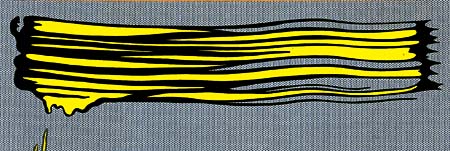
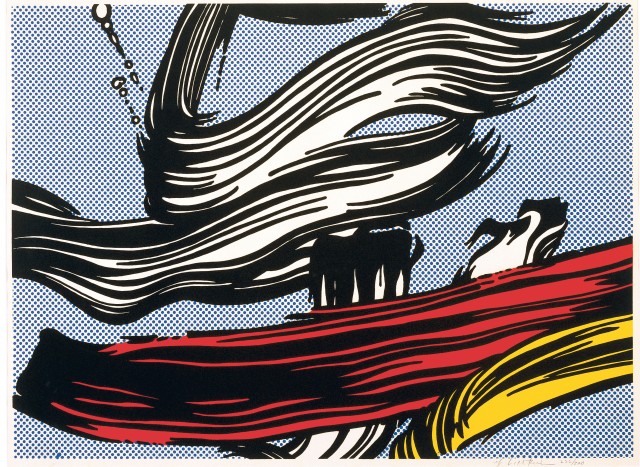
So we have an unfurled nautical flag and the choreography of a painter’s brushstrokes — both suitable ideas to associate with the architecture of this cultural center. But I return again to the singularity of that expansive sheet above the entrance, to its discernible separateness even while it participates in the dance of the overall composition. I think it wants to communicate something on its own.
It wants to sing.
Step back a moment and ask, What is the purpose of this complex building? To house a particular form of art: music. Philosophers devoted to the study of aesthetics consider music to be the highest form of art. Music is unencumbered by the compromise of physical form. It avoids constraints afflicting sculpture, dance, and architecture. Goethe declared that architecture is frozen music. It would not be surprising if a thoughtful and gifted architect such as Frank Gehry, tasked with designing a grand physical container for music making, were to choose to comment on this subject somewhere in his design of the Disney Concert Hall. I think what Gehry decided to say is writ large in that floating blank sheet with ten horizontal lines. Or, inching closer to the answer, he’s saying something ought to be writ large there.
As in Poe’s The Purloined Letter, the object of our search may be hidden in plain sight, so obvious that it becomes all too easy to overlook.
Remember that Gehry is a leader in adopting new tools to assist in the visualization, modeling, and execution of his visionary designs. A man who cares passionately about the tools of architecture would no doubt reflect on the tools of the sister art, music, that his commission has bound him to serve. (A side note: When I attended the final performance of the Los Angeles Philharmonic’s inaugural season at Disney Hall, I saw Gehry and his wife in their customary seats; the architect is an inveterate concert-goer.)
What I believe Gehry has chosen to emblazon across the entrance to his work is a replica of — an homage to — the essential tool for the communication and dissemination of music. Here is the transformation:
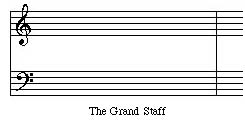
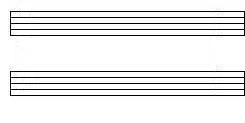

The Grand Staff of music — a framework upon which notes are marked in relation to ten lines, five above middle C and five below — has in Gehry’s hands become a grand architectural gesture. Remember also that this place is the Walt Disney Concert Hall — a place where imagination, creativity, and engineering magic can turn a pre-scored skin of metal into a giant treble clef (there to hold an unfolding melody) and an equally giant bass clef (there to host a supportive harmony).
A place where music begins.
_________________________________________________________
UPDATE 07-13-2009: A different Lichtenstein print, created in 1995, recently came to my attention. Roy and Frank, humming the same tune:
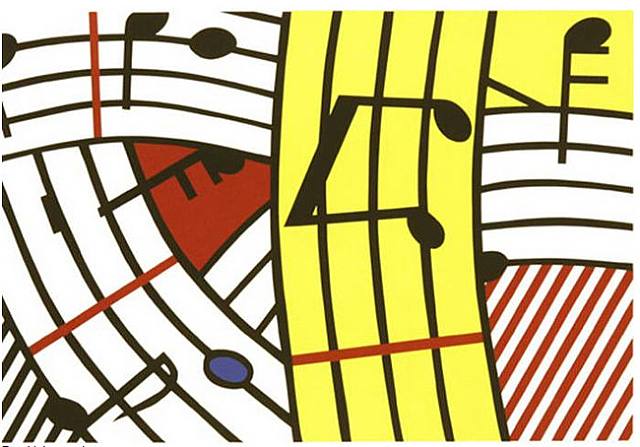
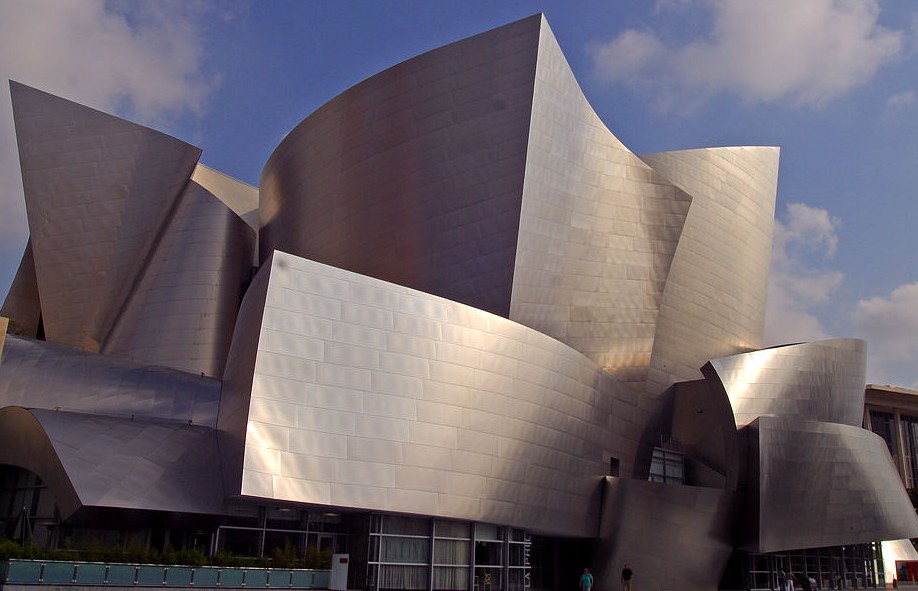
Tags:architecture, bass clef, brushstroke paintings, core.formula, Disney Concert Hall, Disney Hall, Edgar Allen Poe, Flickr, Frank Gehry, great stave, Los Angeles Philharmonic, middle C, Poe, Roy Lichtenstein, self-similarity, standing seem, tabula rasa, The Grand Staff, The Purloined Letter, treble clef, Walt Disney Concert Hall
Posted in Art, Authors, Culture, Music, Photos, Travel | 2 Comments »
Wednesday night I attended a performance of “The Tempest” at Chicago’s Steppenwolf Theatre. The show opens officially on April 5.
Scholars generally accept “The Tempest” as the final play Shakespeare wrote alone — a valedictory capping a career of two decades and nearly 40 plays. There is in the work a nostalgic tone, mixed with autobiographic references, therapeutic disgorgement, final statements.
I am no Shakespeare scholar (nor was meant to be). I am not a credentialed critic. With but poor power to add to or detract from accumulated commentary, I present these few notes on things that struck me specially:
My ears perked up at Trinculo’s remark (in Act II, Scene 2) about the eagerness of Englishmen to pay good money to see strange and awesome creatures brought back from distant travels. The Jester notes how eagerly English purses open for foreign entertainment (“they [the English] will lay out ten [coins] to see a dead Indian”) and he contrasts this with their disregard for a grotesque situation on their very own doorstep, namely, legions of destitute fellow countryment (“they will not give a doit [small coin] to relieve a lame beggar”). With this cutting observation, I sensed Shakespeare was chastising many of us in the audience — people who happily paid to watch the playright’s show of “strange beasts,” while outside the theater, needs go unobserved, un-almsed.
Striking to me also was Prospero’s passionate warning (in Act IV, Scene 1) to the young lovers Miranda and Ferdinand against premarital sex, lest it poison their marriage. Listening to this extended outburst (“[Do not] break her virgin-knot before all sanctimonious ceremonies may with full and holy rite be minister’d”) I wondered if Shakespeare was recollecting his own quick forced nuptials with a pregnant Anne Hathaway. (Historians note that “the couple may have arranged the ceremony in some haste, since the Worcester chancellor allowed the marriage banns to be read once instead of the usual three times”). Is Shakespeare blaming his own unhappy marriage on its flawed beginning?
At the play’s end Prospero’s relationship with his brother Antonio is not repaired, an exception to the otherwise universal reconciliation.
Isn’t it unfair to reward the faithful Ariel merely with release from servitude? That’s no reward at all. Ariel deserves to be granted some grander thing, such as — would it be possible? — the gift of being made human.
The totally satisfying trajectory of the plot.
Actors must find it wonderful to inhabit the role of Prospero. You are allowed to be not only a fully-dimensioned fictional creation, but also a stand-in for Shakespeare himself, the sum of his life experiences and thoughts. In other words, you get to be Everyman.
I wonder if Gonzalo’s vision (in Act II, Scene 1) of an alternative, and better, world (with his key imaginings of “no sovereignty;” “nature [bringing forth] all abundance to feed my innocent people;” “all things in common”) was the inspiration for John Lennon’s “Imagine” (with its similar vision of “no countries;” “no need for greed or hunger;” “sharing all the world”).
______
Quick comments on the Steppenwolf’s bold and satisfying production of “The Tempest” (bear in mind that what I saw was a preview performance four days before the official opening):
The music composed for the pageantry of the play deserves high praise. It is much more than “incidental” music.
The production design for this quintessentially timeless play was generally superb, save for the insertion of certain era-specific props into what is otherwise a stripped-down, “universal” stage design. I mean the Apple laptop Ariel uses to compose and direct his high jinks. (I hope Steppenwolf’s attorneys negotiated a hefty endorsement fee from Apple; a winning ad campaign could be developed upon the theme, “Capture Your Inner Ariel with an Apple”). I also mean the retractable dog leash. And the “timeless” aura would have been served better if Gonzalo had sat in a generic wheelchair device, not the one of contemporary design and engineering that the prop folks got from a 21st century medical supplies firm.
The actors were superb across the boards (as well as through the air). One caveat: the wobbly Italian accent issuing from Stephano could use realignment. [But see a reader’s comment below (added 04/06/2009)]
I was surprised at the stinginess of the audience’s reaction: only polite unsustained clapping. No one stood to applaud. No calling back the actors for further well-deserved appreciation. Is this a Chicago tradition? Is it typical of a Steppenwolf audience?
_______
In the play’s lyrical, smiling Epilogue, Shakespeare directs Prospero to inform all of us who have absorbed his tale:
“My project . . . was to please.”
This production very much pleases. I for one was overwhelmed.
*
UPDATE (04-05-2009) – A first review, generally positive, from Chicago Tribune critic, Chris Jones, in “The Theater Loop”: http://leisureblogs.chicagotribune.com/the_theater_loop/2009/04/steppenwolfs-mystery-island-is-up-for-grabs-in-this-tempest.html also available at http://www.chicagotribune.com/features/lifestyle/chi-0406-tempest-steppenwolf-ovnapr06,0,7681846.story
UPDATE (04-06-2009) – A blogger who was enchanted is Venus Zarris: http://www.steadstylechicago.com/tempest.htm
One who was not is Nina Metz: http://newcitystage.com/2009/04/06/review-the-tempeststeppenwolf-theatre/
J. Scott Hill offers an ecstatic review: http://www.chicagostagereview.com/?p=3550,
As does Hedy Weiss of the Sun-Times: http://www.suntimes.com/entertainment/weiss/1512481,CST-FTR-Weiss06.article
Rob Kozlowski liked the show except for some stage elements and the rap song: http://chicago.decider.com/articles/stage-review-the-tempest,26212/
Tags:Antonio, Apple, Ariel, Capture Your Inner Ariel With Apple, Chicago, Chicago Decider, Chicago Sun-Times, Chicago Tribune, chicagostagereview, Chris Jones, Ferdinand, Gonzalo, Hedy Weiss, Imagine, J. Scott Hill, John Lennon, lyrics, Miranda, newcitystage, Nina Metz, Prospero, Rob Kozlowski, Shakespeare, steadystylechicago, Stephano, Steppenwolf, Steppenwolf Theater, Steppenwolf Theatre, Steve Jobs, The Tempest, The Theater Loop, Trinculo, Venus Zarris
Posted in Authors, Culture, Travel | 1 Comment »
Saw this car a few mornings ago on Pennsylvania Avenue, NW.

I’m trying to understand why you’d plaster a non-junky car with dozens of bumper stickers. Did the owner get caught in the vise of the potato chip vice — after the first one there’s just no stopping?
Tags:auto, bumper stickers, car, Pennsylvania Avenue, potato chips
Posted in Photos, Travel | No Comments »
Over-lawyering on the Big Island:

I’m thinking this could be a catchy hook for a pop song about love gone awry — a song with the title, “Strong Current“:
“If in doubt . . . don’t go out . . . you could be swept away.”
(Photo from 2008)
Tags:Big Island, Hawaii, love gone awry, over-lawyering, Pololu State Park, Pololu Trail, pop song, Strong Current, warning
Posted in Photos, Travel | No Comments »
You are currently browsing the archives for the Travel category.
It's Mike Ettner's Blog is proudly powered by WordPress
Entries (RSS) and Comments (RSS).
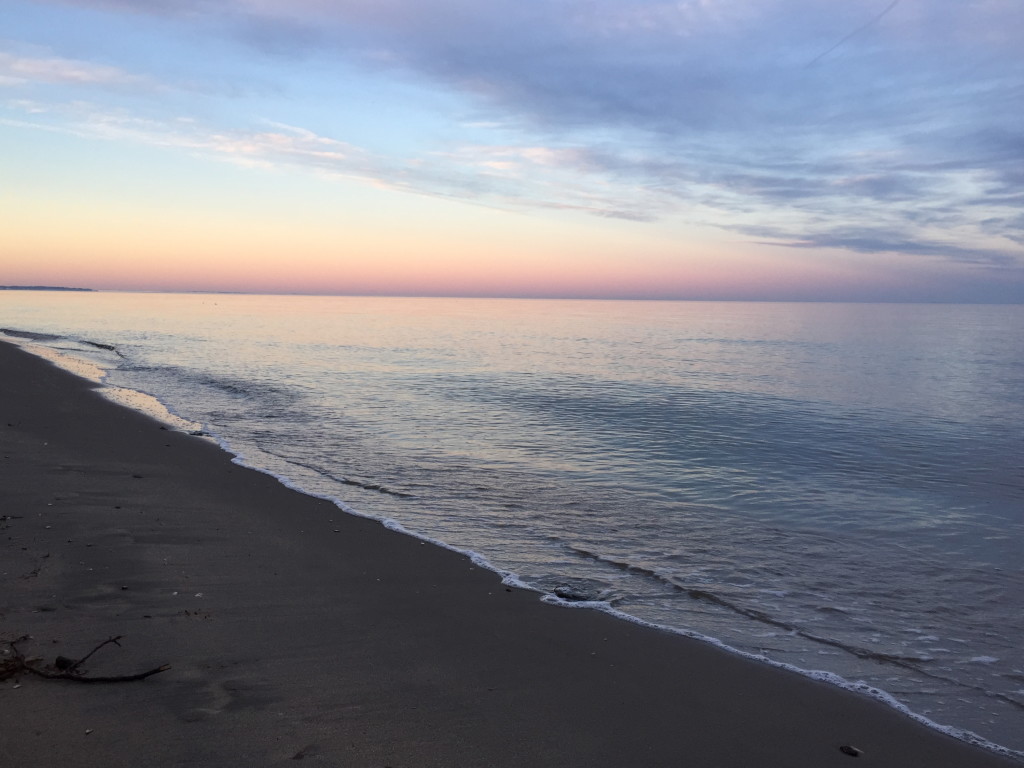
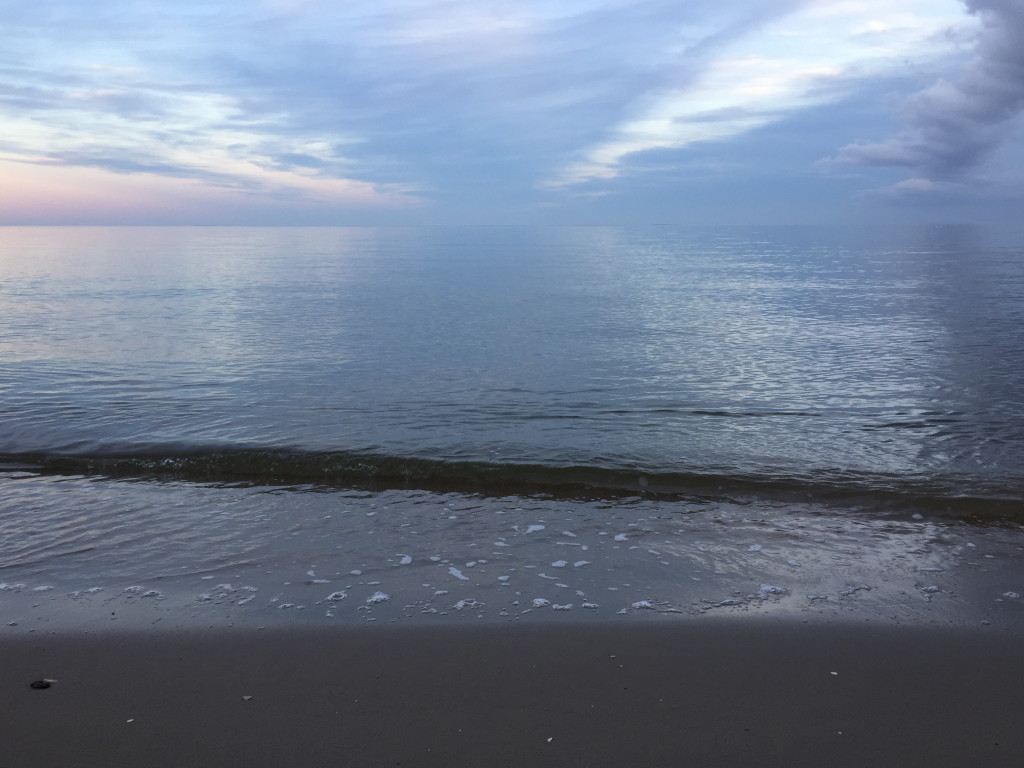

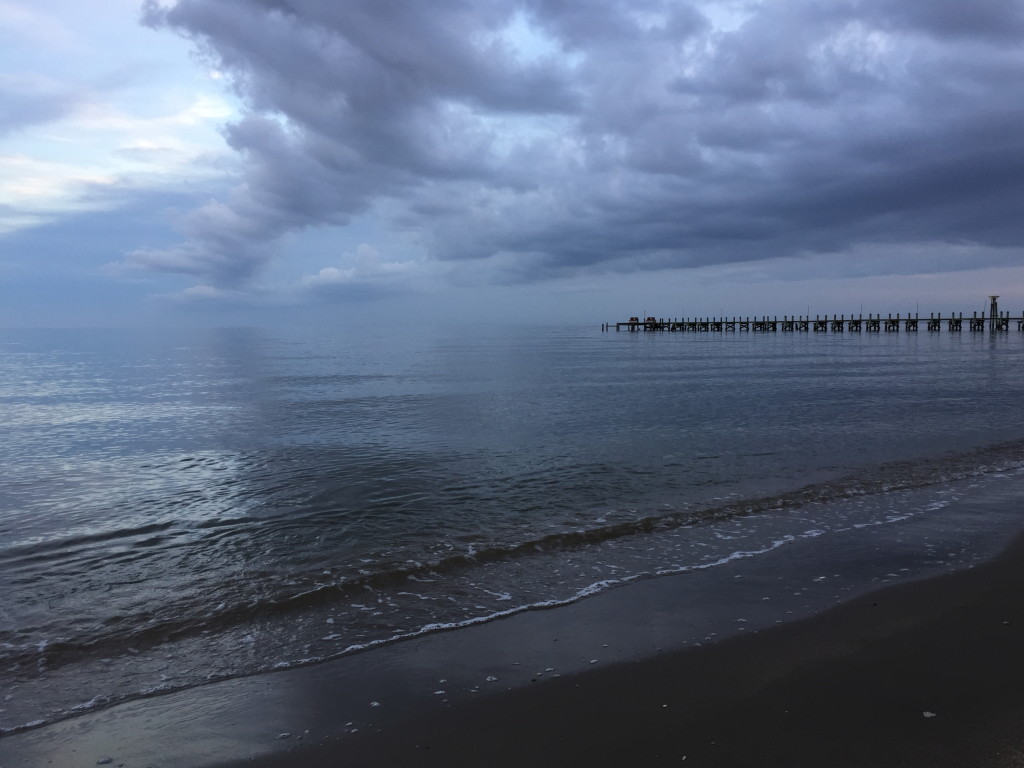
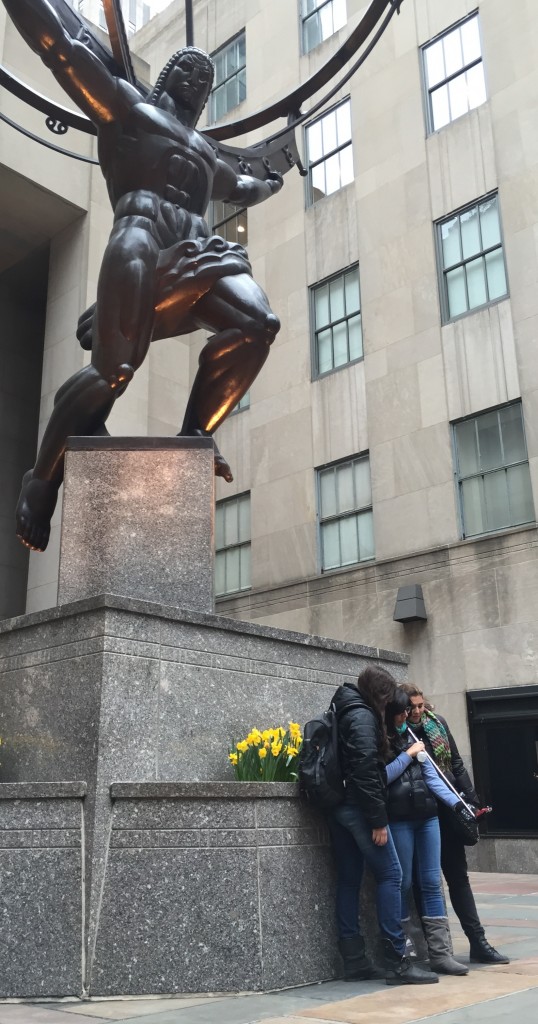
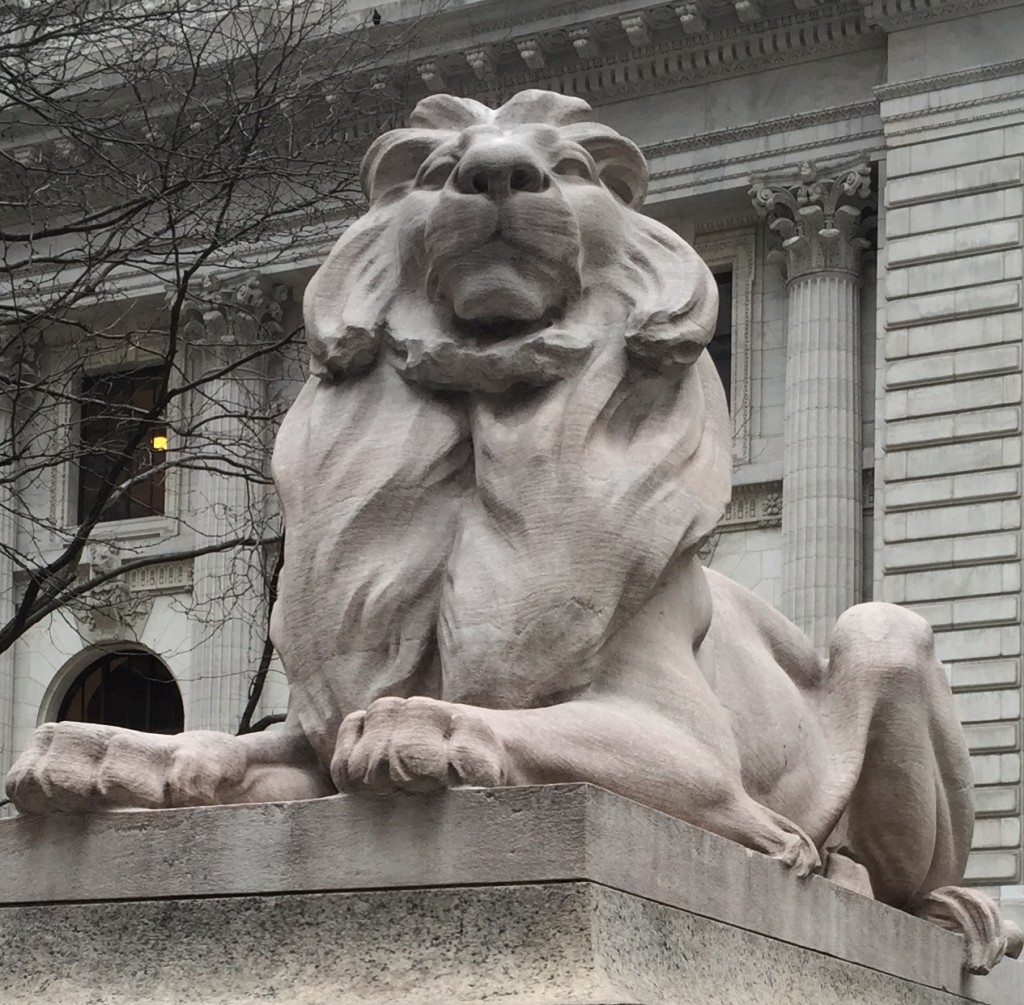
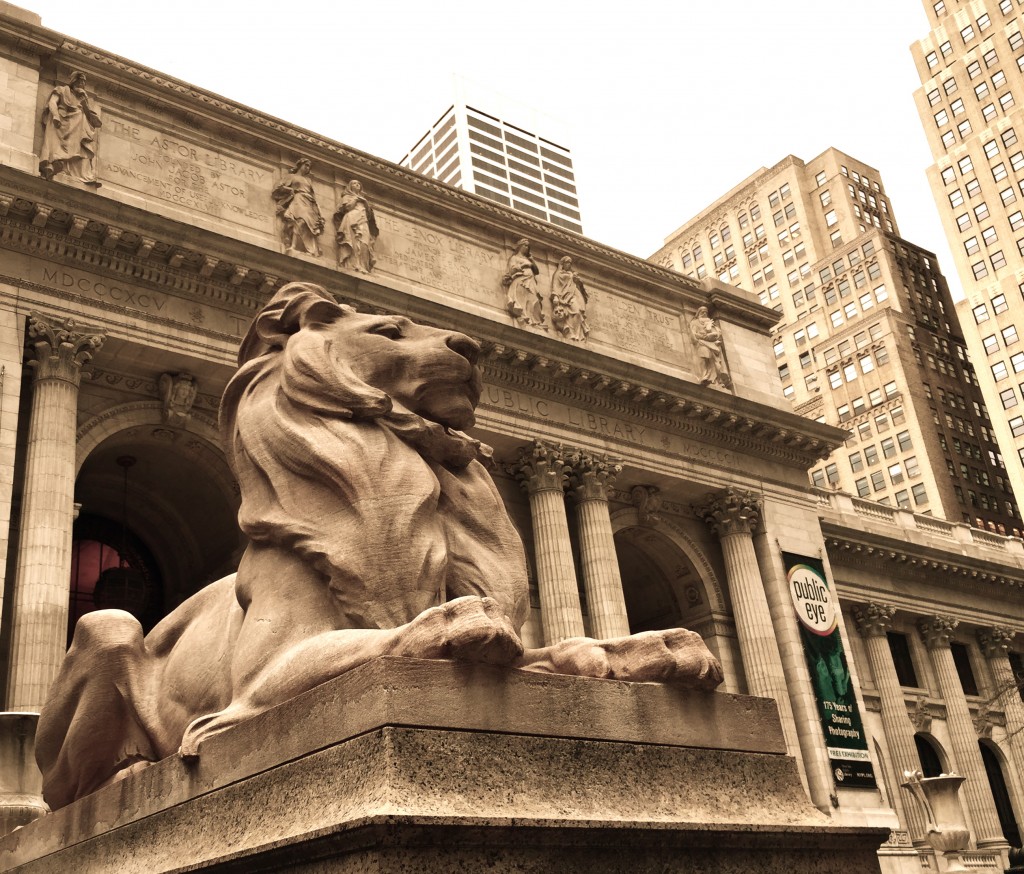

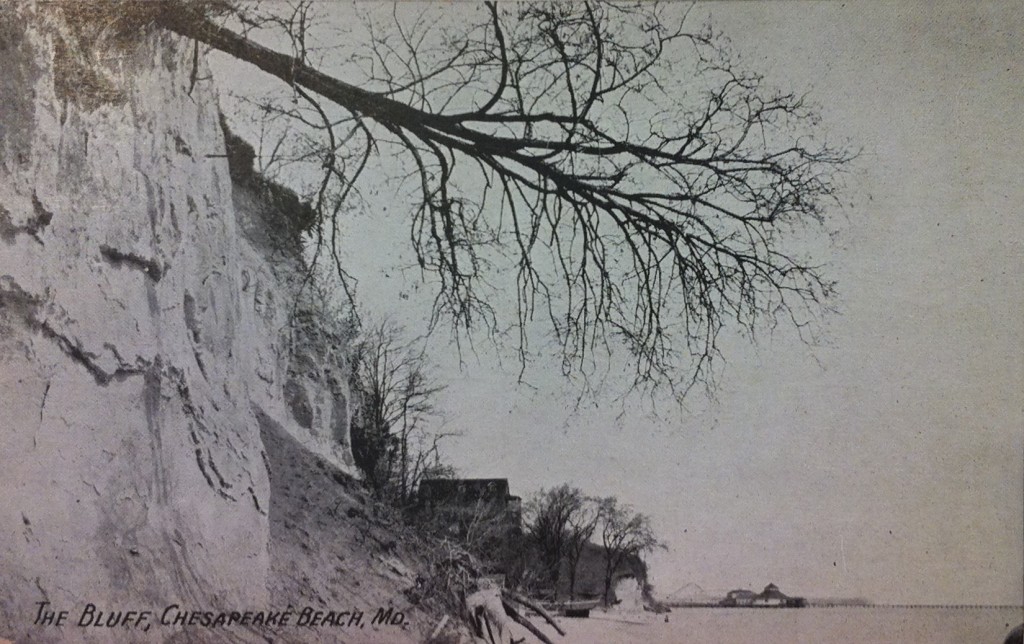

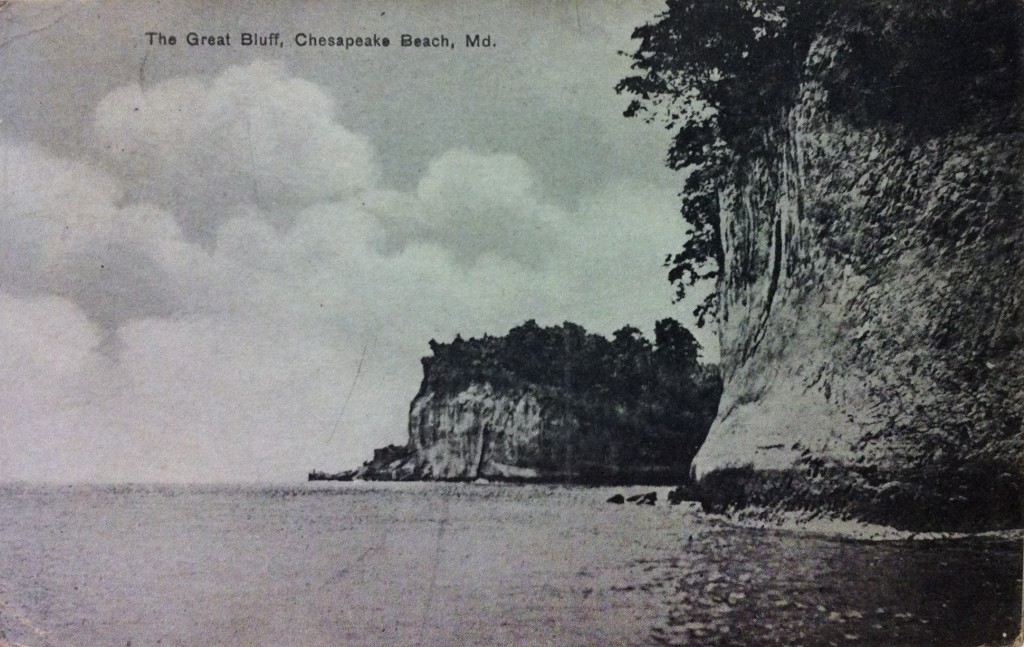
Assume, then, that the Manifesto’s reference to a “Blow Up” signals something else. What might that be? One clue is that this “Blow Up” is something that can be “watched.” More particularly, it is something that you will find “us” watching. So let’s take a step back and ask, who are the “us”? Remember, the Manifesto is addressed to an anonymous “Guest” and is signed by “TH.” So “us” likely is the hotel itself, as represented by its owners, managers and staff. Or does “us” refer to the hotels’ guests? Or to both groups? What are they watching when they watch this thing called a — or the— Blow Up? An act of violence involving an explosion? A sex act? Both? Maybe posting a third quotation from Baudrillard would help readers solve the puzzle? We must work through the night to find the answer; otherwise, I fear grave consequences. Dawn may expose a pale, naked Manifesto, shorn of its raiments of erudition; a document written, edited and approved by a cadre of folks who, notwithstanding their air of knowingness, in the final analysis are (yes, it pains me to type the sentence’s final word, even though its etymology is French) poseurs.
We collect Hiroshi Sugimoto photographs, vintage Zippo lighters, matchbooks from cafes, quotes and one day, Basquiat.
More trendy brand names and other detritus. Spare me. This recalls a short-lived literary trend of a few decades ago, led by a set of young novelists. They wrote prose with copious references to trendy high-end consumer goods, discos, real life celebrities, and other pop culture stuffing. Their theory was that in our consumerist society, what you eat, wear, listen to, where you go clubbing, how you furnish your apartment, the famous people you encounter — all of that stuff taken together equals your identity. Therefore, a list of a fictional character’s recent purchases would be a valid shorthand way to construct in the reader’s mind a fully-formed fictional personage. The Manifesto shares this bleak and shallow world view. It tacitly endorses the notion that you are what you consume.
In the present text, I was glad to find a soupçon of wisdom hidden in the final words of the sentence: “… and one day, Basquiat.” Implied are the principles of connoisseurship and deferred pleasure. Collecting the work of Jean-Michel Basquiat demands maturity and a lot of groundwork. Accumulating money, of course. Finding a house or apartment with tall ceilings. Most critically, developing a discerning eye — something especially important with an artist like Basquiat whose output was of notoriously uneven quality. Assuming I’m not reading too much into those four words, the author deserves kudos for that little grace note.
We are a tribe, nomadic in nature joined by common threads. We are driving up the coast to a life of epic adventures… “It’s an anywhere road for anybody anyhow… but no matter the road is life”: Jack Kerouac.
True to form, a return to folderol. I’m hoping you, dear reader, will join with me in announcing that we are growing bored by all the silly talk coming from this other “we.” It occurs to me that you and I together are a “we” superior to the Manifesto’s “we.” We possess largeness; the author of the Manifesto’s gotta wee “we.”
(The silliness is spreading.)
As for the tribal and nomadic references, I defer to another reader of the Manifesto, a person known as “jr”. He (or, if “jr” is initials, maybe she) left a comment back in May, 2008, on a blog named Harry’s Place, in response to a piece about the Manifesto. The commenter looked at the document as a marketing effort:
I suspect the purpose of the marketing is to make you think you will be more lucky to fuck an equally desparate fellow guest at this hotel and not feel too seedy afterwards. “We are a tribe, nomadic in nature and joined by common threads” means “we want some casual nooky and we’re not thinking too much about herpes.”
Was “JR” weirdly prescient? In 2009, Alexander Wang’s limited edition designer condoms became available for purchase exclusively at Thompson Hotels properties.
p.s. we will keep all your secrets and promises.
My secret, which is not much of a secret, is that I have never been mistaken for a good looking revolutionary (alas). If you ask what I myself will keep, the answer is, I will keep my money — far away from the hands of Thompson Hotels.
That I promise.